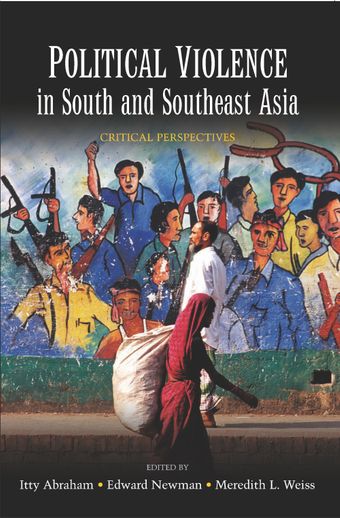Recruitment and attack in Southeast Asian collective violence

- Author: Vince Boudreau
- Main Title: Political Violence in South and Southeast Asia , pp 141-167
- Publication Date: October 2013
- DOI: https://doi.org/10.18356/bd4239df-en
- Language: English
In the politics that has followed 9/11, as during the Cold War, it has become common to connect sets of claims or orientations with forms and tactics of struggle. Religious fundamentalism in particular has often been presented as explaining cataclysmic, suicidal approaches to struggle by virtue of its sustaining beliefs. Yet the approach fails to account for the differences in forms of struggle among movements that seem inspired by similar ways of thinking or to incorporate some of the most interesting insights on the relationship between tactics of struggle and larger political processes. The trade-offs in the choice between these alternatives should be clear. If patterns of violence depend primarily on ways of framing struggle, then the analysis should concentrate on those frameworks, and interpret their tractable connections to different kinds of struggle. If, on the other hand, dynamics of struggle are embedded in broader political processes, we should concentrate on process, including the nature of repression, opportunities for advocacy within the polity, the character of social connection in society, the availability of potential allies or countermovements and the cultural frameworks available for struggle. I adopt this latter approach in this chapter.
© United Nations
ISBN (PDF):
9789210563321
Book DOI:
https://doi.org/10.18356/bb9924ee-en
Related Subject(s):
Human Rights and Refugees
Sustainable Development Goals:
-
From This Site
/content/books/9789210563321c009dcterms_title,dcterms_subject,pub_keyword-contentType:Journal -contentType:Contributor -contentType:Concept -contentType:Institution105
/content/books/9789210563321c009
dcterms_title,dcterms_subject,pub_keyword
-contentType:Journal -contentType:Contributor -contentType:Concept -contentType:Institution
10
5

